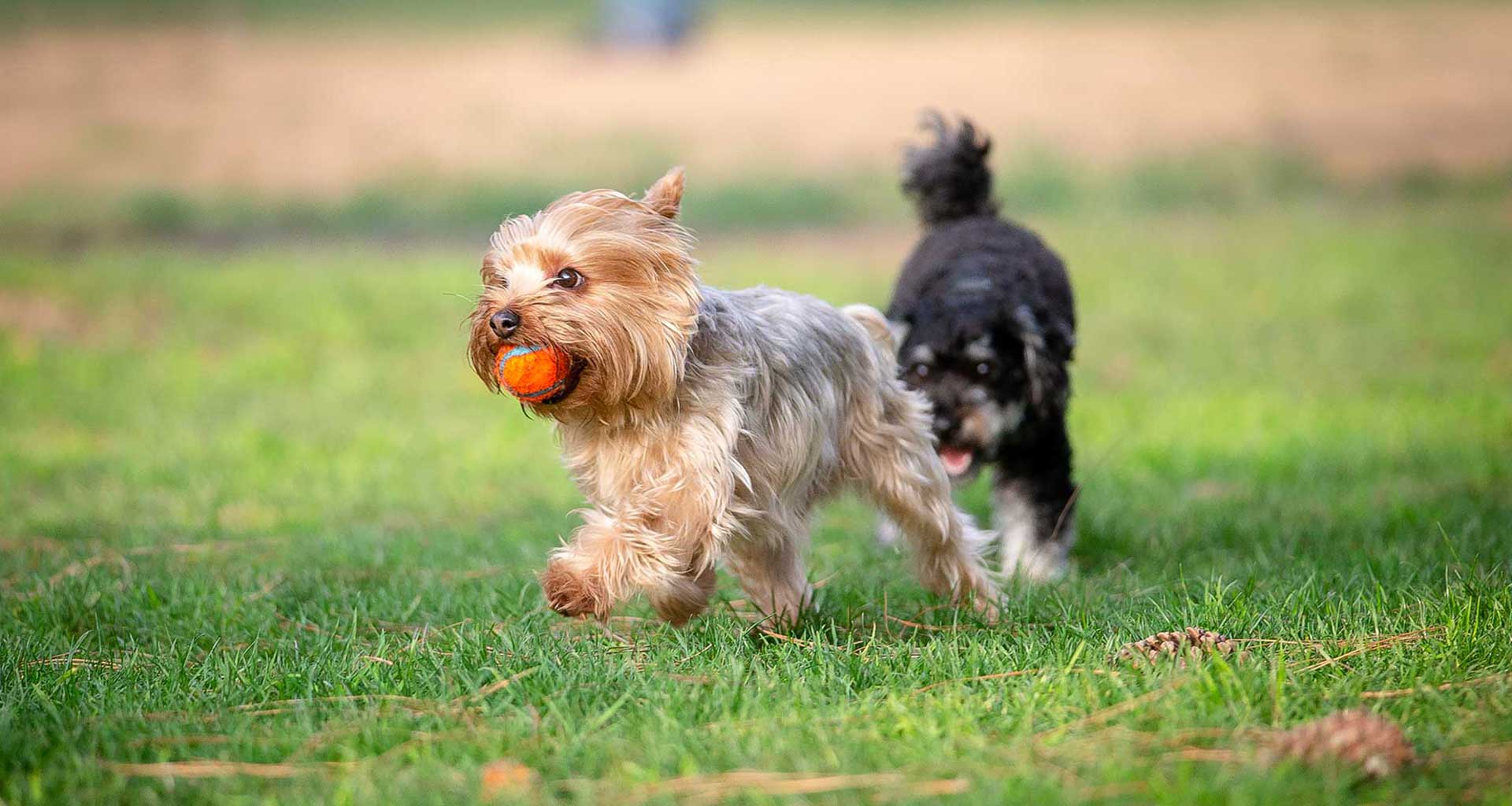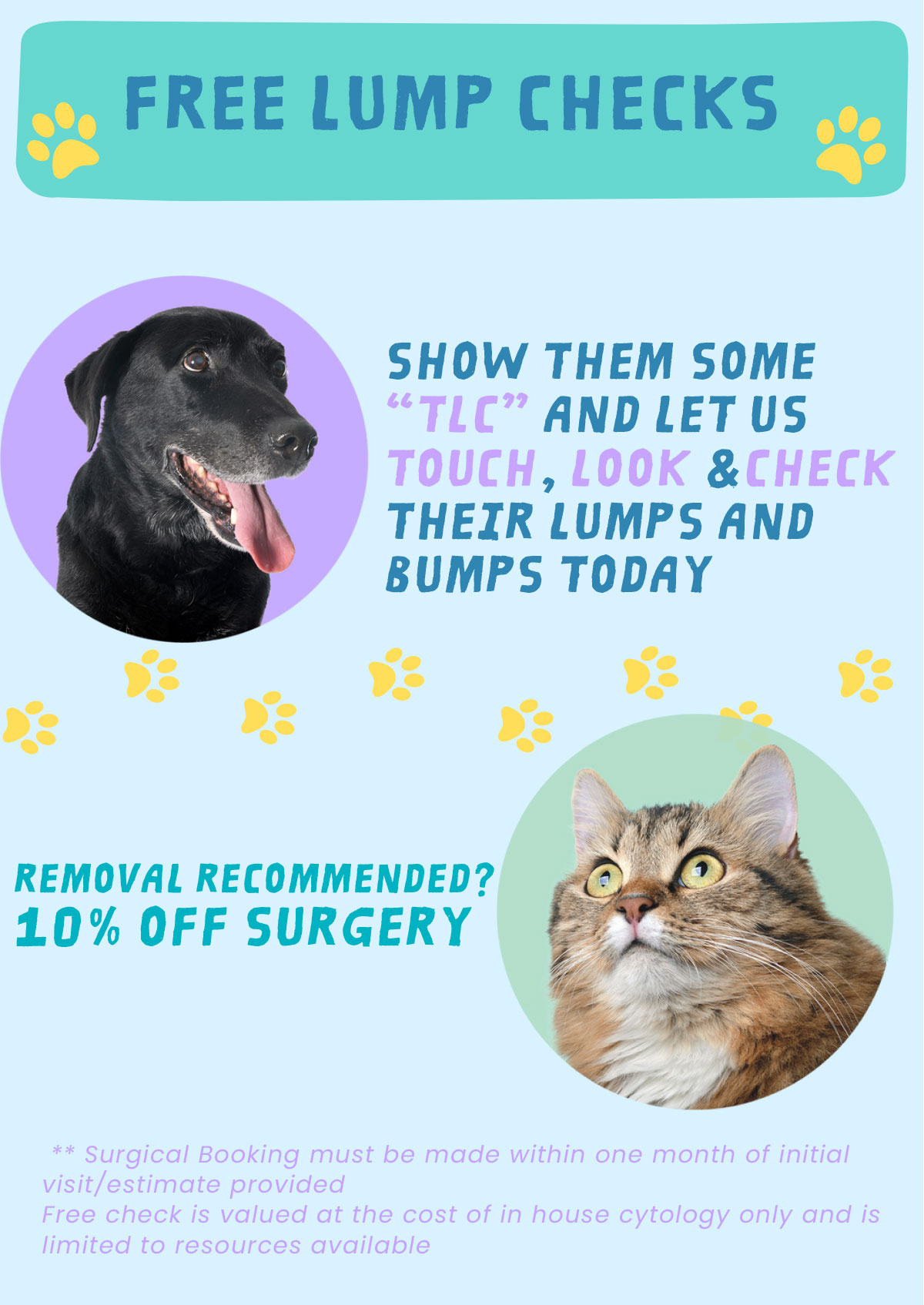The most satisfying task to accomplish is getting the house nice and clean! We all enjoy that first sip of a hard-earnt cup of tea after sitting down and appreciating all your hard efforts. These moments are often short lived, especially with our furry friends around!
It’s a feeling we all know too well; the sight of stray hairs left by our pets after they have made themselves at home on freshly vacuumed carpet. Despite the frustrations, understanding why our pets shed hair is an important role for all pet owners, as it can be a symptom of underlying heath issues.
What causes our pets to shed?
Shedding is a common occurrence for pets as it is a natural way to refresh the unwanted hairs that may be dead or loose. Shedding is particularly common during the winter months, as their coat is as important as ever to ensure they are warm as the temperatures drop.
Some of the common reasons behind excessive shedding in pets include:
Change in seasons: This explains why pets shed hair continually over the year, as they adjust to the corresponding temperatures.
Breeds: Certain breeds fall victim to hair shedding more than others, which is why it’s important for pet owners to understand the shedding patterns of their pet.
Pregnancy or lactation: When pets lose the calcium or minerals that maintain a strong and shiny coat, hair often begins to shed frequently. Making alterations to your pet’s diet or using supplements can help strengthen your pets coat during these periods.
Illnesses: Keeping an eye on the skin of your pet during shedding periods is important. If the skin appears irritated or inflamed with rashes, bites or dried hairs, these symptoms can be signs of immune disease, parasites, bacterial infections or kidney, skin, liver or thyroid diseases. If your pet has any of these symptoms, they should see a vet immediately.
Stress: Changes to a pet’s regular environment or routine can make them feel stressed, which can encourage excessive shedding.
Allergies: There are many allergens to be aware of when it comes to our pet such as medical allergies, irritating substances or dietary concerns. These conditions can cause shedding
How to maintain a hair-free home
You can help to maintain a happy and healthy coat for your pet while keeping your house cleaner for longer by following these easy steps.
Brushing: You should regularly brush your pet with a good quality pet brush. These brushes are designed to force the loose hairs from their coat to come out. This leaves our pets with a soft and clean coat with the added bonus of less shedding! Visiting pet groomers is also an important step for pets with longer coats.
Remove the hair quickly: Remove the pet hair from your clothes, floors and furniture as often as possible by de-linting, dusting and vacuuming. These are great ways to combat the pain of shedding. Using a pet hair roller with tear adhesive sheets can quickly pick up the loose hairs, providing another great way to combat shedding on the road or at home!
Special blankets: Train your pet (with the incentive of yummy treats) to sit on a certain blanket on key pieces of furniture such as your couch, bed or car seat.
Keeping a Healthy Coat
A healthy coat is a sign of a healthy pet! If your pet shows symptoms such as inflamed or irritated skin, it is important to see a vet as soon as possible. Giving your pet a strong and healthy coat starts by keeping up to date on flea and worming treatments. For Best for Pet members, all parasite control medications are 10% off at your participating clinic. Giving your pet a healthy, high quality diet is also important to maintaining optimum health. Pet foods that are high in nutrients such as protein, omega-3 fatty acids and vitamin A help to maintain a strong and healthy coat. Chat to your local clinic about what’s best for your pet today!


